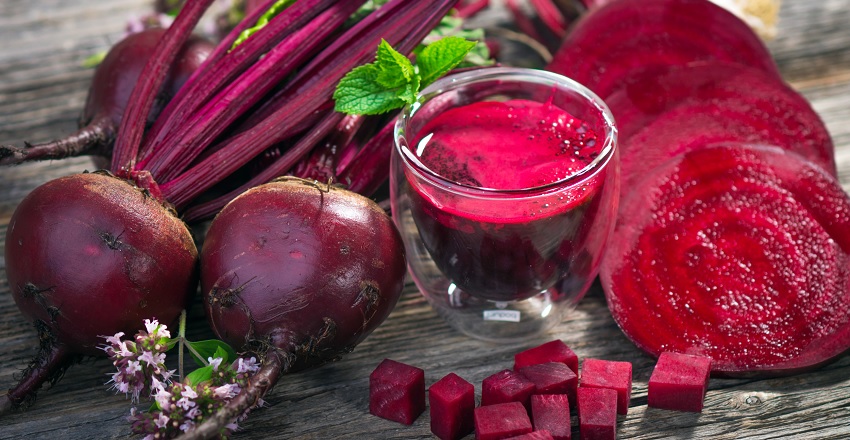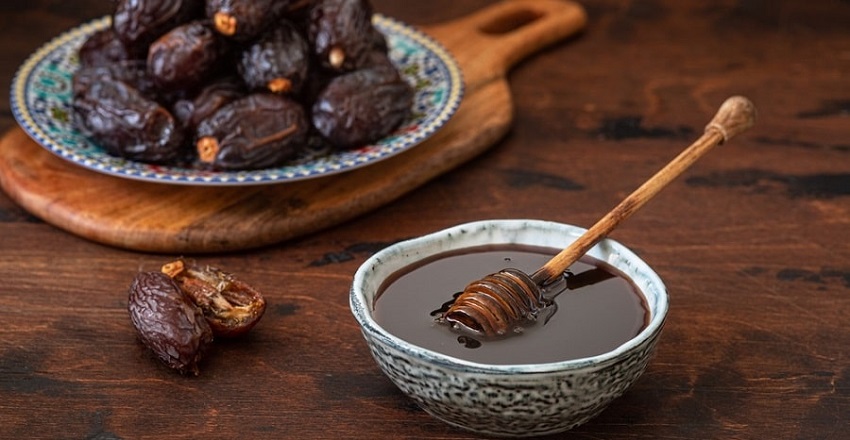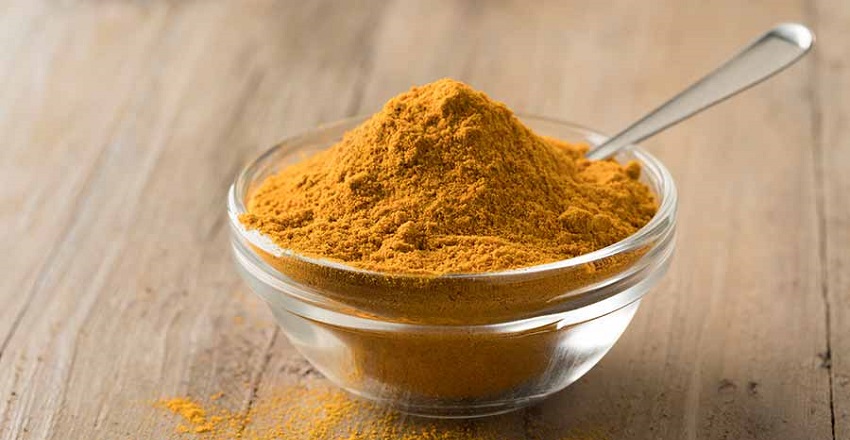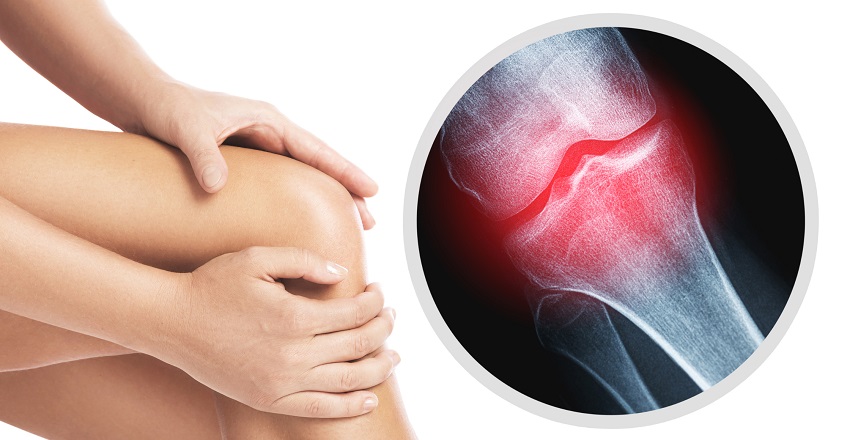Beetroot in Ayurveda: A Blood-Purifying Elixir Beetroot, known in Ayurveda as “Palāndu” or “Beet Rasa,” is revered for its deep red hue and natural ability to purify the blood, improve stamina, and enhance liver function. While modern nutrition hails it as a “superfood,” Ayurveda recognized its potency centuries ago — not just for nourishment, but for balancing specific doshas and improving ojas (vital energy). Ayurvedic Potency (Veerya) of Beetroot This combination makes beetroot rejuvenating, blood-building, and detoxifying — but it must be consumed wisely according to one’s prakriti (body constitution). How to Eat Beetroot as per Ayurveda 1. Cooked, not raw: Raw beetroot can aggravate vata and cause bloating or gas due to its rough, fibrous nature. Ayurveda advises eating it lightly steamed, boiled, or sautéed in ghee with cumin and black pepper to balance its heaviness. 2. With digestive spices: Combine beetroot with jeera (cumin), hing (asafoetida), or dry ginger to improve digestion and prevent mucus formation. 3. Beetroot… Continue reading Beetroot in Ayurveda – The Sweet Red Root of Vitality












